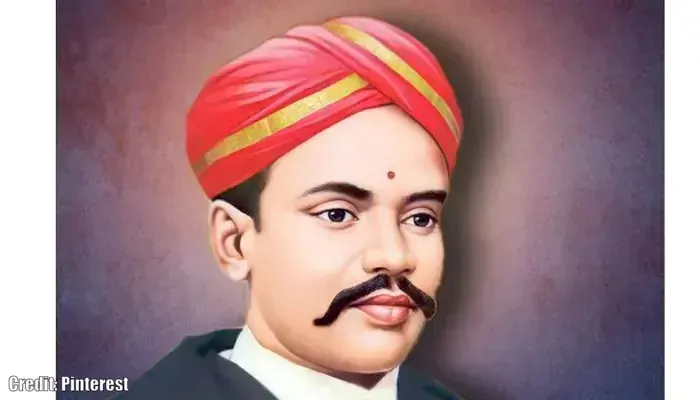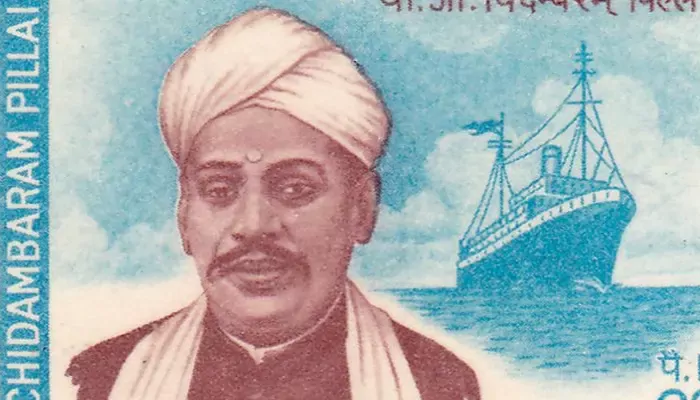
Before Gandhi shook British rule, V.O. Chidambaram Pillai launched steamships — and a movement — that rocked colonial trade and sparked revolt in South India
In the early 1900s, British ships dominated the Indian seas, and their monopoly on trade routes left little room for challenge, until a lawyer from Ottapidaram decided to intervene. V.O. Chidambaram Pillai, or simply VOC, came from a family of legal minds, but his ambitions reached far beyond the courtroom.
He observed injustice in the way the British India Steam Navigation Company (BI) operated — underpaying workers, insulting Indian traders, and refusing to share profits. Instead of walking away, he chose to establish a rival: the Swadeshi Steam Navigation Company.
It was 1906, and India’s Swadeshi movement was gaining momentum. In Tuticorin, VOC provided an impetus.
VOC’s plan was simple yet daring — to break the British monopoly on the Tuticorin–Colombo route. With the backing of local traders furious at BI’s arrogance, he floated shares for an all-Indian steamship company. No Europeans permitted.
The traders raised Rs 6 lakh in the first year. Two ships—the Gallia and Lawoe—were purchased. The ships began sailing with Indian crews, passengers, and pride. And British shipping agents lost their composure.
Rates were cut sharply. Passengers were enticed with free rides and clothing. Lodges were instructed not to send guests to Swadeshi ships. The colonial regime had identified its new adversary, a lawyer with a steamer.

As VOC’s movement gained momentum, so did his enemies, not all of them British. Some fellow directors at SSNCo started to worry about his political stance. They feared the company’s radical image might scare away investors. A quiet coup in the boardroom followed. VOC was stripped of power and later demoted, but he didn’t walk away.
Meanwhile, VOC led the Madras wing of the Nationalist Party. He supported striking workers at Coral Mills and advocated for fair wages. He didn’t just raise slogans; he organised food, money, and even temporary jobs for the workers. The sub-collector, Robert Ashe, threatened him. VOC stayed resolute.
Soon, the demands were met, and the government turned its eyes to VOC.
In March 1908, VOC was arrested for sedition. A day later, Tuticorin erupted in anger. The British sentenced him to two life terms and hard labour. In prison, he was crushed under a grinding wheel, with his ships rusting by the dock.
By 1910, Swadeshi Steamers had run aground. Gallia was damaged, Lawoe failed to cover costs, and chartered vessels proved too weak. The British employed every tactic — intimidation, unfair pricing, and government pressure all played a part. VOC’s dream was systematically destroyed.
Three years later, in 1911, VOC’s arrest resulted in gunfire. At Maniyachi station, Robert Ashe, the very officer who had confronted VOC, was shot dead in a train carriage. The assassin, Vanchi Aiyar, took his own life moments later.
This was the only political assassination in South India during the freedom struggle, and it was almost certainly linked to the repression of the VOC’s movement.

VOC lived until 1936, largely unrecognised and unsupported. When friends tried raising funds for his 60th birthday, few contributed. It was only after his death that his story was told in books, films, and speeches. Yet even now, his name seldom appears alongside India’s greats.
He wasn’t just a lawyer or a political leader. He launched ships to reclaim pride. He ran headlong into the British trading empire and made it flinch.